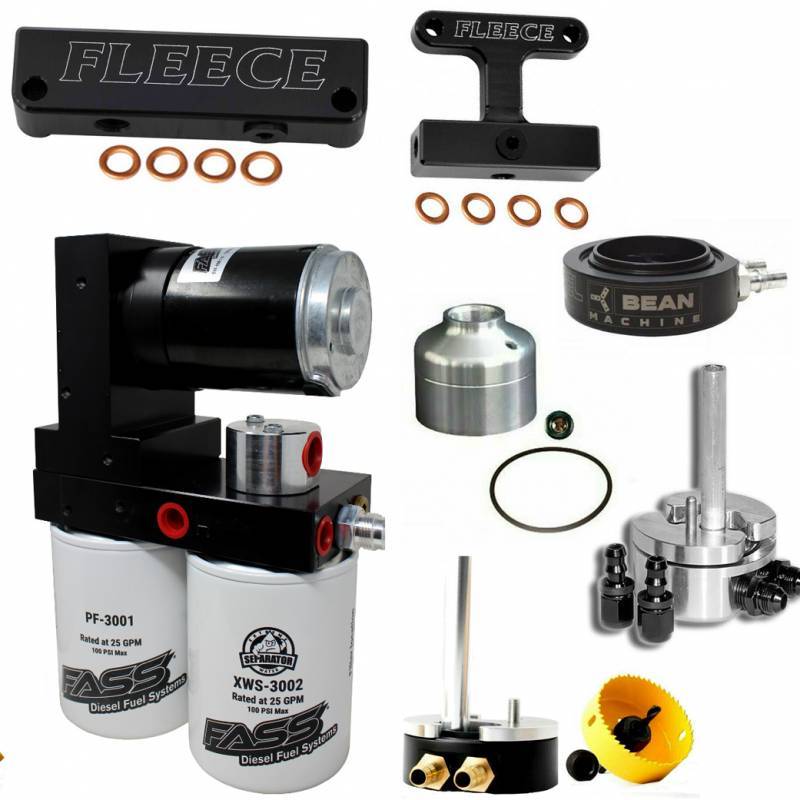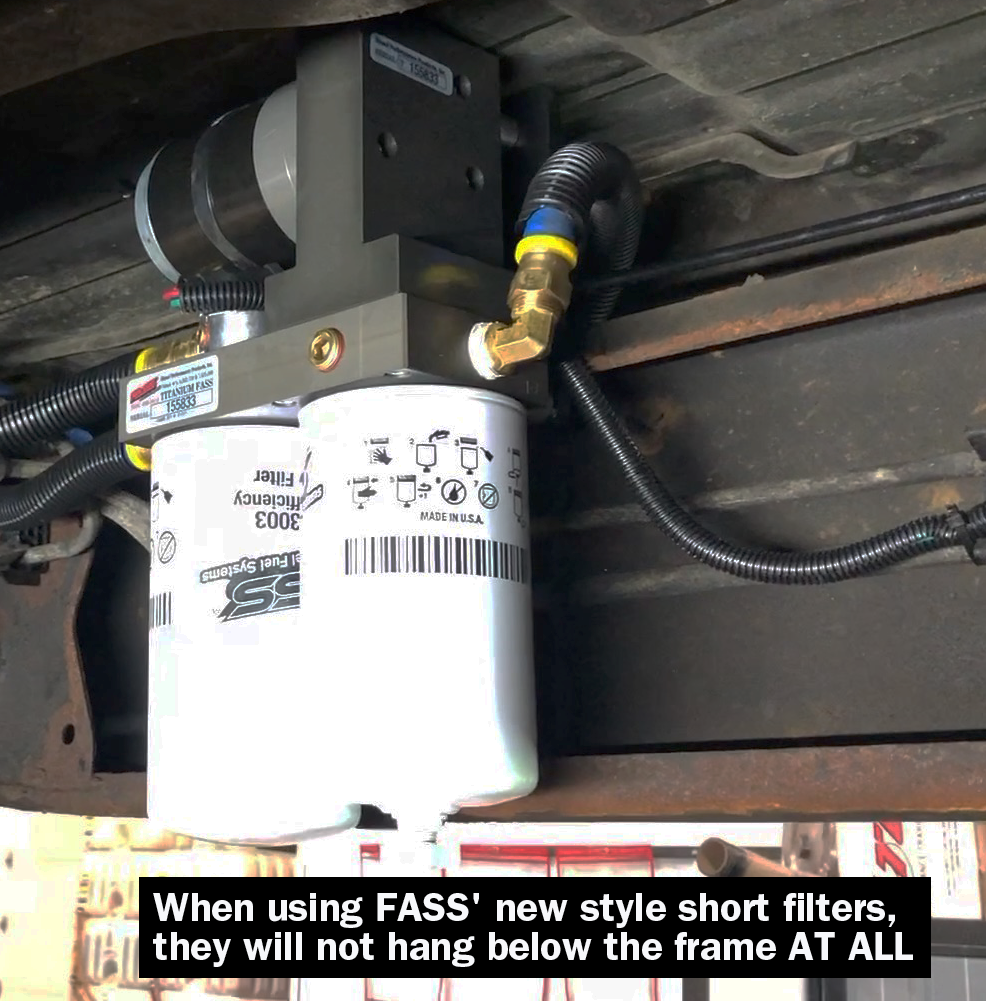

When installing the new pump, back all the relief settings off. When the system pressure exceeds the pump design, failure begins-either gradually or catastrophically. 
Pumps don’t produce pressure, they produce flow and are built to withstand pressure. Over pressurization: Pressure relief settings may have been adjusted or changed, and are now higher than what the pump can withstand without causing damage. Larger numbers will damage a gear pump, and if you have a piston pump, the maximum number will be lower for good pump life. For a standard gear pump, at maximum operating RPM, the gauge should read a maximum of 5 inches HG.

You can check if the pump is receiving oil adequately by using a vacuum gauge at the pump inlet. If the oil level in the reservoir is lower than the inlet of the pump, or the run too long or uphill, oil may not flow adequately to the pump.
Make sure that the pump is able to get a good flow of oil from the reservoir-pumps are designed to have the oil feed pushed to the pump by gravity and atmospheric pressure, not by “sucking” oil. Make sure that the inlet hose to the pump is the correct type (100R4), correct size (bigger is always better-don’t skimp here), and is undamaged. Make sure that all shut off valves are open, are of the proper type, and are allowing unrestricted flow. Not just when the system is at rest, but also when all cylinders are extended to their maximum length or when all the components are running. Check to see that there is a sufficient amount of oil in the reservoir. Using larger pump and PTO shafts will not eliminate fretting, but may resolve the problem because of the increased metal available before the failure occurs.Ĭavitation: the pump has been starved of oil. Using a greasable PTO shaft and being sure to include adding grease as part of the regular maintenance program. Using a “wet spline” arrangement that keeps the PTO and pump shafts immersed in a bath of oil. Direct mount pump splines can be worn away. Shaft fretting: Fretting corrosion occurs under load in the presence of repeated relative surface motion, for example by vibration. Typically, this happens when a relief valve is missing from the system, not functioning correctly, set to a much higher value than what the pump can withstand, or is too small for the system flow and thus cannot function correctly. Input shaft is twisted/bcanroken: This occurs due to an extreme shock load to the pump. If not, then let’s make sure there is not something else going on, or you may just find yourself replacing pumps frequently because the underlying problem hasn’t been addressed.īy examining the internal components of the pump you can often find leads as to what caused the failure: see pump failure chart. #What all do i need for fass lift pump install install#
You will want to change your filter element(s) when you install your new pump, and then change it (them) out after a break-in period on your new pump. In the process of failing, your pump has introduced contaminants into your hydraulic system that you want to remove before they damage your new pump or any other hydraulic component.
In any case, when replacing a failed hydraulic pump you will want to make sure to use this opportunity to also change out your hydraulic fluid (or at the very least use a filter cart and filter your oil).  In this case, you’ll need to get the pump make and model number so that you can make sure that your replacement will be correct-either with an exact replacement or with another make that has the same operating specifications. If so, then maybe the pump has just reached the end of its expected life. Has the equipment been operating acceptably with this pump for a number of years without incident, and has the decline in performance been gradual over a longer period of time? However, the life of a hydraulic pump might be much longer than what you are experiencing. Although it is not possible to give an average lifespan given the different types of pumps and widely varying hours of operation in general, you can expect many years of good operation from a hydraulic pump in most truck-mounted hydraulic systems. The pump may simply be worn out-they do have a natural lifespan, as they are a wearable item in a hydraulic system. When your equipment isn’t working properly and you have narrowed the problem down to a hydraulic pump that needs to be replaced, what do you need to know? Whether gear, vane, or piston pump, there may come a time when you have to replace your hydraulic pump.
In this case, you’ll need to get the pump make and model number so that you can make sure that your replacement will be correct-either with an exact replacement or with another make that has the same operating specifications. If so, then maybe the pump has just reached the end of its expected life. Has the equipment been operating acceptably with this pump for a number of years without incident, and has the decline in performance been gradual over a longer period of time? However, the life of a hydraulic pump might be much longer than what you are experiencing. Although it is not possible to give an average lifespan given the different types of pumps and widely varying hours of operation in general, you can expect many years of good operation from a hydraulic pump in most truck-mounted hydraulic systems. The pump may simply be worn out-they do have a natural lifespan, as they are a wearable item in a hydraulic system. When your equipment isn’t working properly and you have narrowed the problem down to a hydraulic pump that needs to be replaced, what do you need to know? Whether gear, vane, or piston pump, there may come a time when you have to replace your hydraulic pump.








 0 kommentar(er)
0 kommentar(er)
